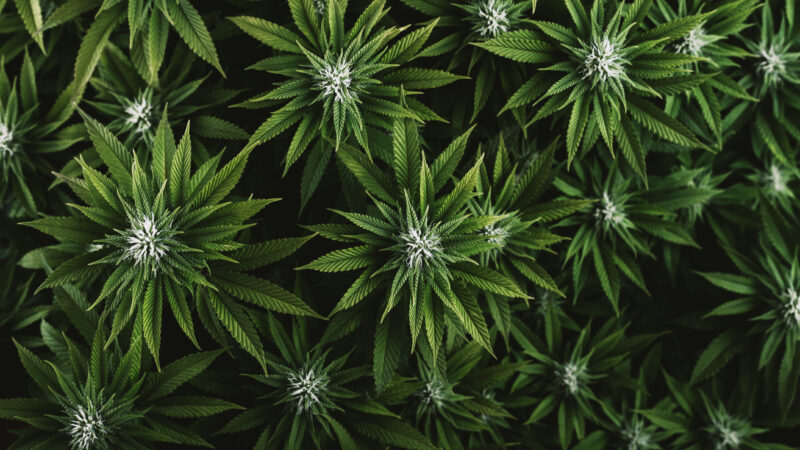Introduction
Intellectual Property (“IP”) typically
provides a significant commercial advantage in the marketplace. With the legalization of cannabis in Canada
in 2018 and increasing competition among cannabis producers, the cannabis
industry has been exploring ways to protect its cash crop. Given that proprietary varieties of cannabis
plants are highly valued in the cannabis industry, a lesser known and very
specific type of IP right called Plant Breeders’ Rights (“PBR”) may see a rise
in prominence. Cannabis producers would
be well advised to consider how PBR can be used to protect their commercially
valuable proprietary varieties and supplement their existing IP arsenal.
PBR Eligibility and Scope of Protection
The federal Plant Breeders’ Rights Act enables the protection of a plant
variety where that variety is:
- new, in that its propagating or
harvested material has not been sold by or with the concurrence of the breeder
inside or outside Canada within a prescribed time period (either one, four, or
six years) before the filing date of the application;
- by reason of its identifiable
characteristics, it is clearly distinguishable from all varieties whose
existence is a matter of common knowledge at the filing date of the
application;
- stable in its essential
characteristics, in that after repeated propagation it remains true to its
description; and
- having regard to the particular
features of its sexual reproduction or vegetative propagation, it is
sufficiently homogeneous (i.e. in the event of sexual reproduction or
vegetative propagation in substantial quantities, any variations in
characteristics are predictable, capable of being described, and commercially
acceptable).
Continue reading »

